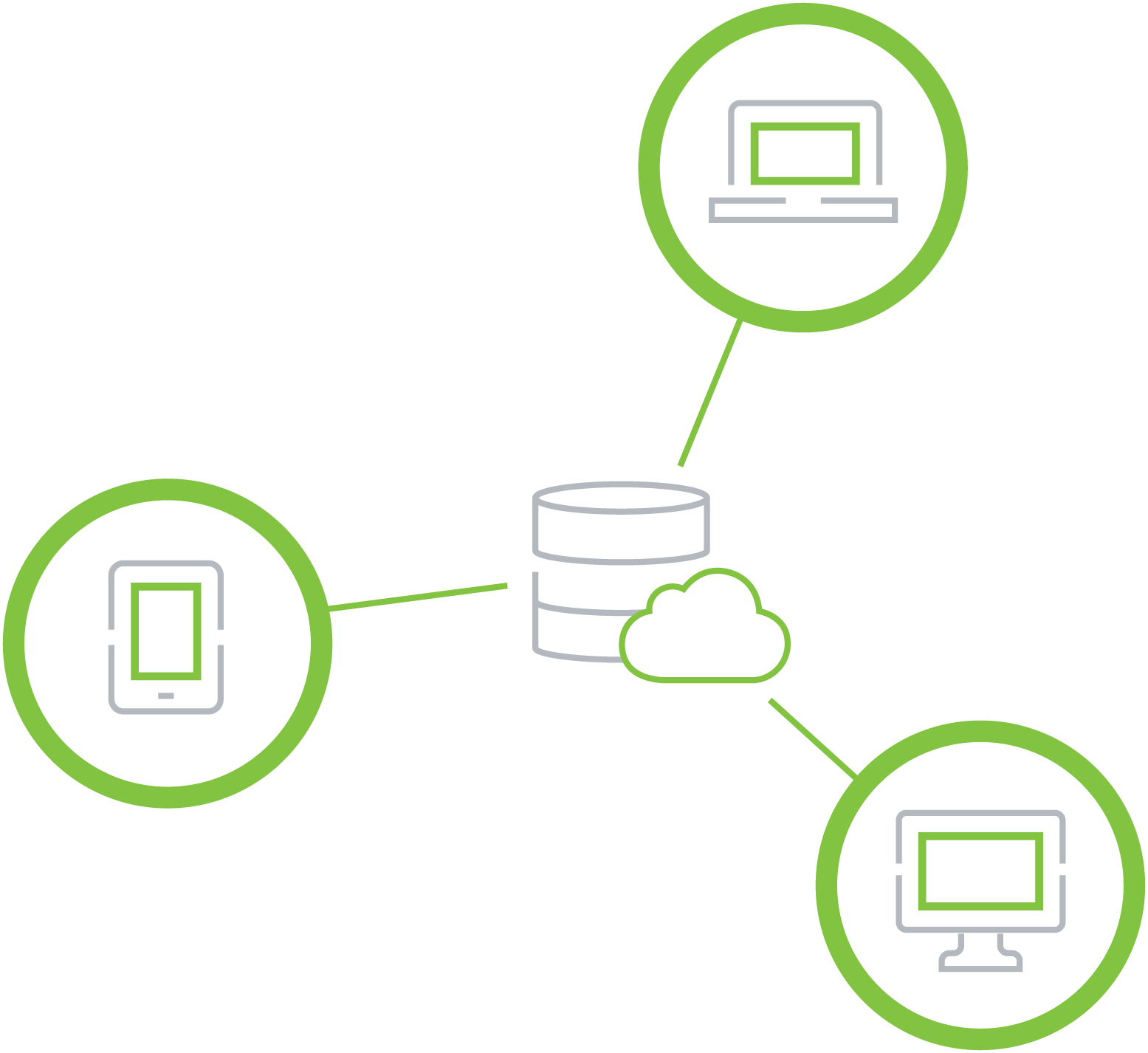Introduction
As cyber threats grow more sophisticated, traditional perimeter-based security is no longer enough. Enter Zero Trust Security — a cybersecurity framework built on the fundamental principle of “never trust, always verify.” In this model, no user, device, or application is trusted by default, whether inside or outside the network.
Every access request must be authenticated, authorized, and continuously validated. With the rise of remote work, cloud services, and evolving cyberattacks, implementing Zero Trust has become more essential than ever to protect critical assets and reduce security vulnerabilities.
Why Zero Trust Security Matters
At its core, Zero Trust is about enforcing rigorous identity verification and access control across all points in a network. It eliminates the outdated assumption that users inside a corporate network can automatically be trusted.
Key principles of Zero Trust include:
Continuous Authentication: Users must verify their identity every time they access resources, regardless of their location.
Micro-Segmentation: Networks are broken into isolated zones, so even if one segment is compromised, attackers cannot move freely.
Least Privilege Access: Users are only granted access necessary for their roles, reducing the risk of internal threats or privilege escalation.
Together, these measures offer strong protection against lateral movement and limit the damage in case of a breach. Devices and users are continuously monitored, ensuring that access remains secure over time.
Real-World Success Stories
A leading example is Google’s BeyondCorp initiative, which implemented Zero Trust principles to strengthen its internal security. By moving access control to the device level and using continuous validation, Google significantly reduced security incidents.
According to Forrester Research, organizations adopting Zero Trust frameworks report nearly 50% fewer data breaches than those relying on traditional models. This proactive approach is now vital for businesses seeking to stay ahead of increasingly complex threats.
Challenges in Implementing Zero Trust
While the benefits are clear, deploying a Zero Trust model comes with its own set of challenges:
1. Network Redesign
Transitioning to Zero Trust often requires a complete network overhaul, including micro-segmentation, fine-grained access controls, and removal of traditional trust boundaries.
2. Identity & Access Management (IAM)
Robust IAM systems are critical. Zero Trust relies on strong multi-factor authentication (MFA), continuous identity validation, and seamless integration with both modern and legacy systems.
3. Ongoing Monitoring
Real-time visibility into user and device behavior is essential. Tools like SIEM (Security Information and Event Management) must be in place to detect anomalies, requiring investment in both technology and trained personnel.
4. Cultural Shift
Zero Trust requires a mindset change. Employees must adapt to stricter access controls, which can be seen as disruptive. Continuous training and awareness are key to a successful rollout.
5. Regulatory Compliance
Organizations must ensure their Zero Trust strategies align with regulations such as GDPR, HIPAA, or CCPA. This includes keeping detailed audit logs, protecting sensitive data, and staying compliant with evolving legal standards.
Implementing Zero Trust the Right Way
Successfully adopting Zero Trust involves a strategic and phased approach. Here’s how to do it effectively:
● Define Access Policies
Start with a clear access control policy based on roles, responsibilities, and minimum privilege principles. This sets a solid foundation for all Zero Trust activities.
● Integrate Core Technologies
Deploy key tools such as:
Multi-Factor Authentication (MFA)
IAM Platforms
Micro-Segmentation Technologies
Security Automation & SIEM
These technologies enable ongoing monitoring and enforcement of Zero Trust principles.
● Continuous Support and Updates
The Zero Trust model thrives on real-time threat detection, regular system audits, and frequent updates. Machine learning models and security rules must evolve to address new attack vectors.
● Regular Audits
Ongoing audits ensure the effectiveness of your Zero Trust strategy and help meet regulatory standards. They also offer insights for improving policies and infrastructure.
Conclusion
Zero Trust Security is more than a trend — it’s a necessary evolution in cybersecurity. By continuously verifying identities, segmenting networks, and enforcing least privilege access, organizations can significantly reduce the risk of data breaches and lateral movement by attackers.
While implementation may be complex, the long-term payoff in security resilience, regulatory compliance, and business continuity is worth it.






